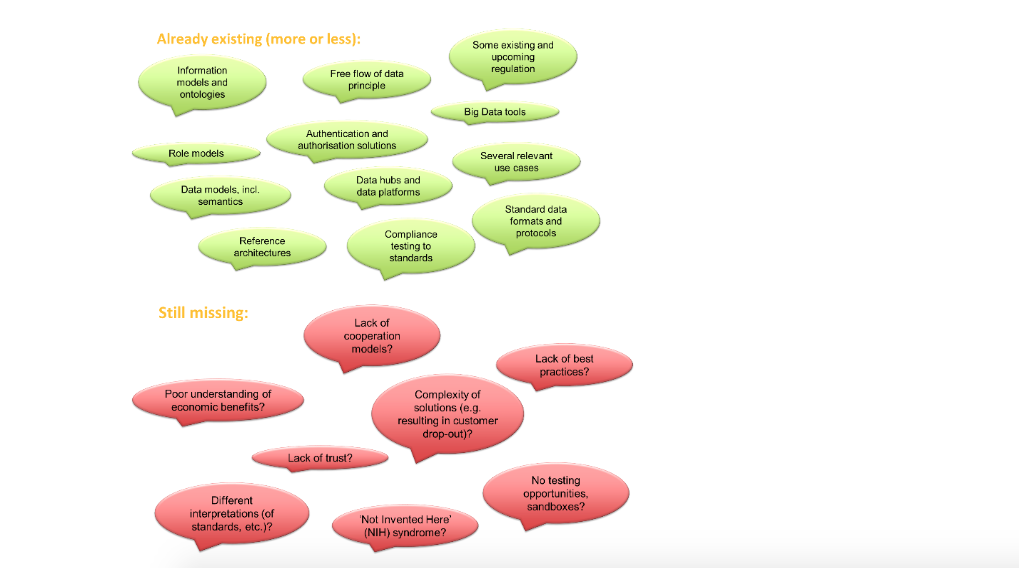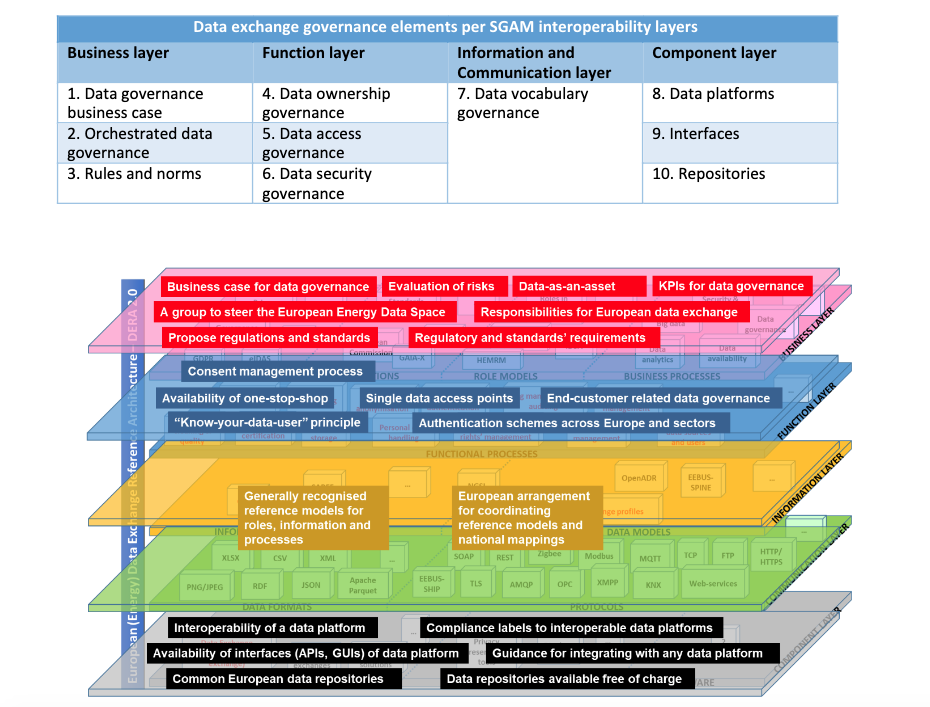
Towards the governance of European Common Energy Data Space
by Kalle Kukk, Elering
Preparations for European Common Energy Data Space as foreseen in Data Governance Act and EU Action Plan for Digitalising the Energy System (DESAP) are picking up the pace. The data exchange framework developed in OneNet project can be seen as an early bird of such a data space. Next to the actual architecture and functionalities of a data space, the governance requirements play a vital role because it is supposed to serve whole Europe with all of its stakeholders and needs.
One can still often wonder why the (energy) data does not flow seamlessly across country borders and across sectors. This concerns specifically the ability to access and share the data which is generated and owned by end-customers. Definitely, there are many useful elements existing already and being developed for cross-border and cross-sector data exchange. However, a lot still needs to be done. A reference to a well-defined data governance framework could contribute to overcoming the remaining barriers.

OneNet project delivered a report on Cross stakeholder Data Governance for Energy Data Exchange at end of March. It is available here: https://onenet-project.eu/wp-content/uploads/2023/04/D6.2-OneNet-v1.0.pdf.
The deliverable collected main recommendations on interoperability from literature and compared these with existing initiatives from European and independent projects. It was concluded that the majority of the recommendations are yet to be addressed, with the main work being done within the data portability topic, through application and creation of different standards, data models, data formats and ontologies.
The deliverable analyses the OneNet system architecture and functional approach from a data governance perspective. One of the main goals during the design and definition of the OneNet data exchange framework was to make available and accessible data from different sources (actors) in a secure and trusted way ensuring data ownership and privacy. For this reason, it is useful to analyse how the OneNet architecture: defines the concepts of data providers and data consumers; implements the concept of fully decentralised data exchange; ensures the data ownership and consent management; and facilitates the cross-platform integration in a secure and interoperable way..
The OneNet Data Governance Framework is aligned with the more generic and universal Reference Data Governance Model (RDGM) elaborated by the OneNet project in this deliverable. RDGM should recognise the variety of different platforms and systems, fit to different market designs and business processes, enable cross-stakeholder, cross-border and cross-sector data exchanges, ensure easy access to data satisfying GDPR requirements, facilitate TSO-DSO coordination from customer perspective, ensure scalability through open-source principle and agreed rules.
RDGM consists of 10 elements and a set of requirements corresponding to each element. The elements and requirements can be grouped according to the interoperability layers of SGAM (Smart Grids Architecture Model) and they complement the Data Exchange Reference Architecture (DERA) of the BRIDGE Initiative. OneNet project attempts to make a step forward with DERA being more specific about the commonly agreed and to be taken administrative actions on European level to support the actualisation of Common Energy Data Space, and eventually the interoperability of sectoral data spaces.
Such ‘administrative actions’ are the building blocks of data governance and described as the elements and requirements of data governance. Those elements are listed in the table and all 22 data governance requirements are depicted in the figure further below.



